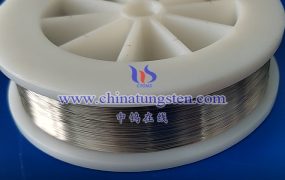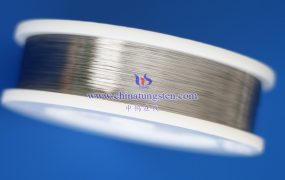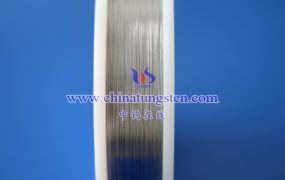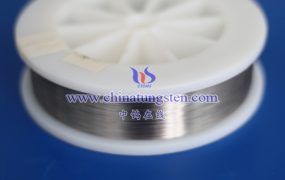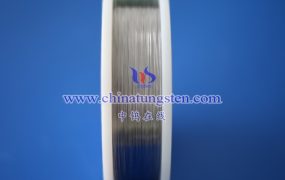The performance of tungsten wire in extreme low temperature environment is unique. The following is a detailed analysis of its performance:
- Changes in resistance characteristics
Resistivity reduction:
In ultra-low temperature environment, the resistivity of tungsten wire decreases as the temperature decreases. This is because under low temperature conditions, the movement of electrons inside the material is less restricted, resulting in a decrease in resistivity.
Superconductivity phenomenon:
When the temperature drops to an extremely low temperature, tungsten wire may exhibit superconductivity, that is, the resistance becomes zero. This phenomenon is of great value in scientific research and practical applications. However, it should be noted that the superconducting transition temperature of tungsten wire (that is, the temperature at which the resistance completely becomes zero) is usually high and is affected by many factors, such as purity, crystal structure, etc. Therefore, in a conventional ultra-low temperature environment, tungsten wire does not necessarily exhibit superconductivity.
- Changes in mechanical properties
Increased brittleness:
Trace impurity elements are introduced into the tungsten material during the preparation process, and these impurity elements will cause the brittleness of tungsten wire to increase at low temperatures. Specifically, at lower temperatures, tungsten wire changes from a ductile state to a brittle state, and the ductile-brittle transition temperature (DBTT) is high (usually DBTT ≥ 200~400℃). Therefore, in extremely low temperature environments, tungsten wire may be more likely to break.
Strength change:
Tungsten wire still has high strength at low temperatures, but the specific strength value is affected by many factors such as temperature, purity, and crystal structure. Generally speaking, pure tungsten wire still has high strength at around 1300 degrees, while tungsten-based alloys still have high strength at around 1800 degrees. However, at extremely low temperatures, the strength of tungsten wire may be affected to a certain extent due to increased brittleness.
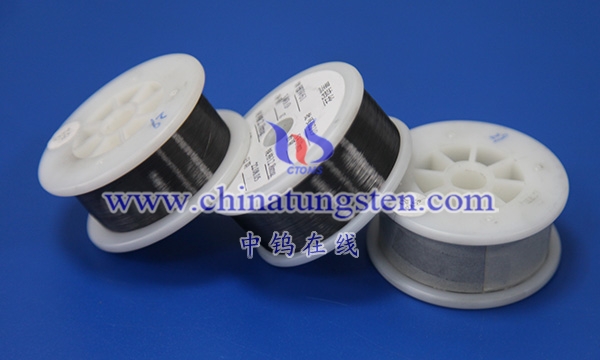
- Application prospects and challenges
Application prospects:
The resistance characteristics of tungsten wire in extremely low temperature environments make it an important candidate material in the fields of superconducting materials, quantum computing, etc. In addition, tungsten wire also has certain application potential in the fields of low-temperature electronics, low-temperature physics, etc.
Challenges and limitations:
Although tungsten wire has unique resistance characteristics in extremely low temperature environments, its superconducting transition temperature is high and is affected by many factors, which limits its application in some ultra-low temperature fields.
At the same time, the increased brittleness of tungsten wire at low temperatures also poses certain challenges to its application in extreme low temperature environments.
More details of tungsten wires, please visit website: http://tungsten.com.cn/tungsten-wires.html
Please contact CHINATUNGSTEN for inquiry and order of tungsten needles:
Email: sales@chinatungsten.com
Tel.: +86 592 5129595

